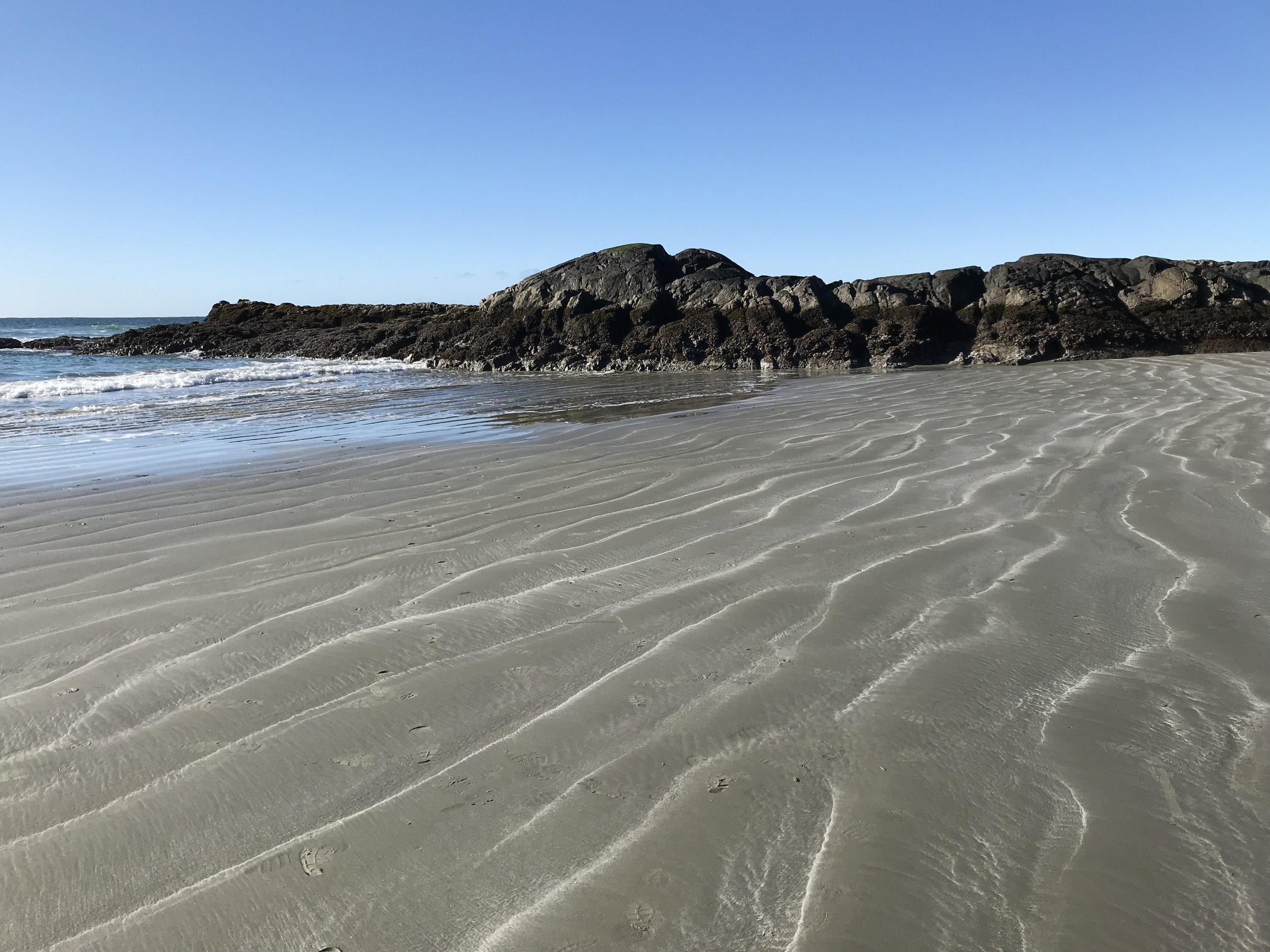
Writing With a Broken Tusk
Writing With a Broken Tusk began in 2006 as a blog about overlapping geographies, personal and real-world, and writing books for children. The blog name refers to the mythical pact made between the poet Vyaasa and the Hindu elephant headed god Ganesha who was his scribe during the composition of the Mahabharata. It also refers to my second published book, edited by the generous and brilliant Diantha Thorpe of Linnet Books/The Shoe String Press, published in 1996, acquired and republished by August House and still miraculously in print.
Since March 2024, Jen Breach (writer, VCFA graduate, and former student) has helped me manage guest posts and Process Talk pieces on this blog. They have lined up and conducted author/illustrator interviews and invited and coordinated guest posts. That support has helped me get through weeks when I’ve been in edit-copyedit-proofing mode, and it’s also introduced me to writers and books I might not have found otherwise. Our overlapping interests have led to posts for which I might not have had the time or attention-span. It’s the beauty of shared circles.


Ancient knowledge meets science in Our Green Heart: The Soul and Science of Forests by Diana Beresford-Kroeger
In Our Green Heart: The Soul and Science of Forests, botanist, biochemist, biologist, and poet Diana Beresford-Kroeger challenges us all to explore the deep connections that forests offer us. Here’s a scientist who listens to trees and in this book she opens up her life and experience in brief, lively chapters—her childhood, her personal arboretum where she nurtures rare and endangered species, navigating the contradictions and commonalities in old wisdom and new science.

The Afterlife of Deleted Text or Thank You, Ben Holzworth
When I talked about Two at the Top: A Shared Dream of Everest at the Fort Collins Book Fest earlier this year, I mentioned that the book began its life as a collection of twenty-two poems about Mount Everest, of which only one, a poem in two voices, made it into the final picture book. I showed my middle grade audience some slides with a couple of the other poems, whose content became transformed into two spreads of back matter. And I showed them a couple more that didn't even make it that far.
“Will you do anything with those unused poems?” Amy Holzworth, Children’s Services Librarian at Council Tree Library, asked me. I said, “I don’t know. Probably not. I don’t think there’s another book in there.”

Process Talk: Melanie Crowder and Megan Benedict on Great Gusts
Great Gusts is a collection of tribute songs to selected winds of the world, those patterns of air that are part of the geographies, cultures, and lifeways of the lands they touch. I sent a bunch of questions to the co-authors, both members of the VCFA Writing for Children and young Adult community I cherish. Here’s the resulting conversation.

Process Talk with Jen: Joanna Ho on We Who Produce Pearls
Posted by Jen Breach
In an interview with Caroline Richmond at We Need Diverse Books on the 2021 release of her picture book biography of Chinese artist and activist Ai Weiwei, author Joanna Ho said, “When you boil down so much of political activism, it often comes down to inviting people to recognize humanity in others and treat people accordingly.” In those terms, Joanna’s newest book We Who Produce Pearls, illustrated by muralist Amanda Phingbodhipakkiya, is a warm and assured invitation to readers to challenge the dominant white-centered version of history that has held sway since the founding of the United States.

Poetry and Wondrous Facts in The Wisdom of Trees
Author-illustrator Lita Judge (Flight School and Something Beautiful) delivers for children the understanding that Suzanne Simard elevated with her research—forests are more than just a bunch of trees that all happen to be growing in the same place.

The Words in Picture Books: I Talk Like a River
Canadian poet Jordan Scott’s picture book, I Talk Like a River, 2021 Schneider Family Book Award winner, has been celebrated as a sensitive first-person account of a child struggle with a limitation that is all his, but that the world sees as strange and unnatural.

The Meandering Walk Called Writing: Mark Karlins on Kiyoshi's Walk, Part 1
Happy Book Birthday to Mark Karlins on Lee and Low's release of Mark's picture book, Kiyoshi's Walk, illustrated by Nicole Wong. I sent Mark a couple of meandering questions, since I was lucky enough to stroll alongside during part of this book's journey. Here's our conversation.
